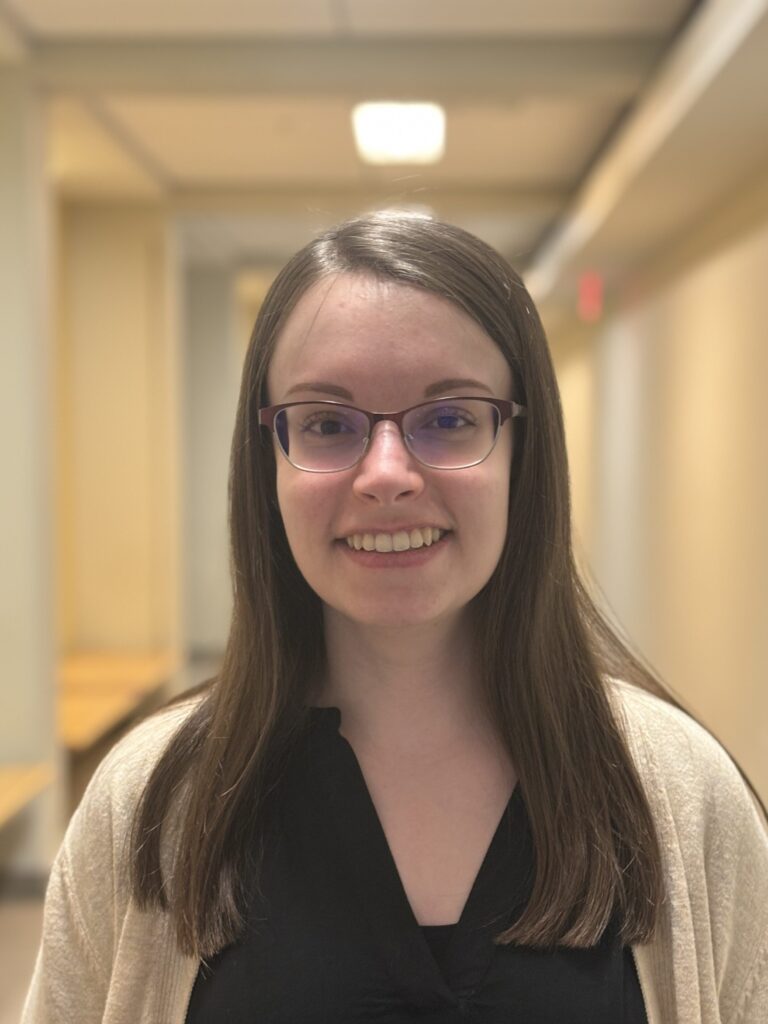Do you have an interview coming up that you want to crush? Or are you starting the job search process and are unsure of how to prepare for interviewing? If you want to learn how to prepare for the interview process effectively and efficiently, keep reading!
Nobody was born knowing how to interview. This is something my dad has told me numerous times, many of which were before my most recent interview for a middle school history and social studies teaching position. Thankfully, I was hired for this position, but not without spending many hours preparing responses to the hundreds of potential questions I could be asked. Before my interview, I asked my family members for advice, which is when I learned about a foolproof method to simplify the interview process: SHARE stories. This method helped me and many of my peers to be hired for their dream position, but how does it work?
What are SHARE Stories?
SHARE stories provide a way to ensure that your learning experiences which qualify you for the position you’re interviewing for are clearly conveyed to interviewers. SHARE is an acronym, with each letter symbolizing a piece of the story you would tell to answer questions in an interview.
S – Situation
When telling a story to answer an interview question, you first want to explain the situation in which the learning experience took place. Here, you’ll focus on the who, what, where, when, and why of your story. Were you student teaching? What did your classroom look like? What unit were you teaching? What time of day was it? Were you completing your Kinesiology practicum? Who were you helping? What techniques did you use to support that individual’s physical and mental health? Were you completing your recreation management practicum? What park or agency were you working in? Who were you working with?
H – Hindrance
Next is the hindrance. This is the task, problem, or challenge you experienced that required you to take action. Think of this as the climax of a story. Was there a student you were unsure of how to help? Was there a patient that you didn’t know how to support? Was there an event that you and your team were unsure of how to plan?
A – Action
Then you have the action you took to solve the problem or help someone in overcoming a challenge. This is where interviewers are looking to hear what YOU did, not what others at your school, company, or park usually do. What actions did YOU specifically take to help that struggling student, patient, or team?
R – Result
Once you’ve taken action, what happened because of what you did? What was the result of implementing a new classroom management strategy? Did your patients’ health improve because you practiced a new technique you learned from your program? How was your event after trying out the new management strategy you took to your event planning team?
E – Emotion/End Result
Finally, you have the emotion you felt because of this experience. The “E” can also be what you learned from the “end result” of the story you are telling. This is usually what most people forget when they are telling a story. If you can include this in each of your responses, you will truly demonstrate your ability to learn and grow as an individual, which all employers should be looking for. Did you gain an increased sense of confidence in your abilities as a teacher, physical therapist, or recreation manager because of the action you took? Did you learn that your attention to detail or unwavering desire to learn is a strength you can apply to other situations?
Helpful Tips
The way my family members and I have successfully used this technique was, first, finding questions we thought we would likely be asked during an interview. For this, you can reach out to your professors, mentors, and supervisors and inquire about interviewing.
Then, you can put all those questions into a Microsoft Word or Google document, and put the SHARE acronym under each one. Once you think of a story or learning experience you’ve had that can answer the question, start filling in the letters of SHARE.
If you’re serious about using this technique, you could even put these questions and your SHARE stories on flashcards to decrease your recall time when you’re put on the spot during an interview.
Finally, remember, you got this! All you need to do is SHARE your story!

Sophia J. Castle
is pursuing her MED in Curriculum and Instruction (Secondary Ed – History and Social Science). After graduating in Spring 2024, she plans to teach middle school history and social studies.
She is also a founding member of the CEHD Student Success Advisory Board!
